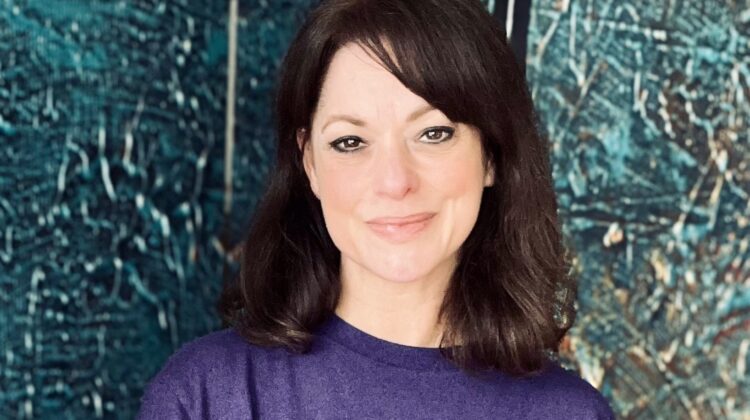
For this month’s Press Pause column, Norwich-based Menopause Yoga Teacher Michelle Howard looks at how we can build strength
Women are living on average 30 years after the menopause, and it’s only in recent years that the medical community have started studying the effects on women’s health during this time. Sadly, there are some serious long term health risks associated with the menopause that are not due to ‘it’s my age!’. It’s a fact that women are more prone to osteoporosis, weak and thinning bones, and sarcopenia (muscle weakness) in older age, compared to men. This increases the risks of falls and bone breakages – resulting not only in hospital stays and surgery but also reduced activity and falling confidence. But it may surprise you that osteopenia, the precursor to osteoporosis, can affect women in their 20’s, 30’s and 40’s.
Why are women more at risk?
Estrogen is still often thought of as just a hormone that affects fertility and depletes during menopause. However, as we are all becoming a lot more educated about the effects of the menopause, we know that Estrogen has an effect on the brain and most of the body, including muscles and bones.
Estrogen is essential to bone health as it promotes the activity of the cells that make new bone. When Estrogen levels drop during menopause, a person’s bone density may become weaker. Laying down bone strength in puberty is also essential to protecting the bones during menopause.
Diet also affects the strength of our bones. Diets high in sugar, salt and fizzy drinks affect the calcium production, causing weakness.
The way our body deposits fat, changes during the menopause. Muscles convert to fat and this fat tends to deposit more around the belly. As well as reducing body strength, this extra fat deposit puts pressure on the heart which may contribute towards heart disease.
Another very important and sobering fact is around depression. According to the Office for National Statistics (ONS) Suicides in England and Wales: 2022 registrations, among females the age-specific rate was highest in those aged 50 to 54 years; and in 2021 the highest rate was in those aged 45 to 49. This links with the time most women go through peri menopause.
Hormone-induced depression may not always be helped by anti-depressants – according to The Menopause Charity as well as Menopause Specialist Dr Louise Newson, menopause guidelines are clear that antidepressants should not be used as first line treatment for the low mood associated with the perimenopause and menopause.
It is so important to reach out and get help, there is absolutely help out there if you are struggling and you are not alone. I have added a couple of links at the bottom of this article.
The good news is we can absolutely do something about this. It is never too late to start incorporating exercises into your day to strengthen muscles and bones. A combination of weight training and yoga or any other exercise where you are loading weight into the joints.
I am sharing some of my favourite yoga poses which not only help to strengthen, but they also increase the heart rate and increase endorphins helping to increase the sense of well-being and energy.
* Please get advice from a medical professional if you have been diagnosed with osteoporosis. If you have been diagnosed with osteopenia, the precursor to osteoporosis, it is reversible and time to get working.
I have offered options: start with the gentler version and when you can hold that for 10 breaths move on to the next version.
Forearm plank
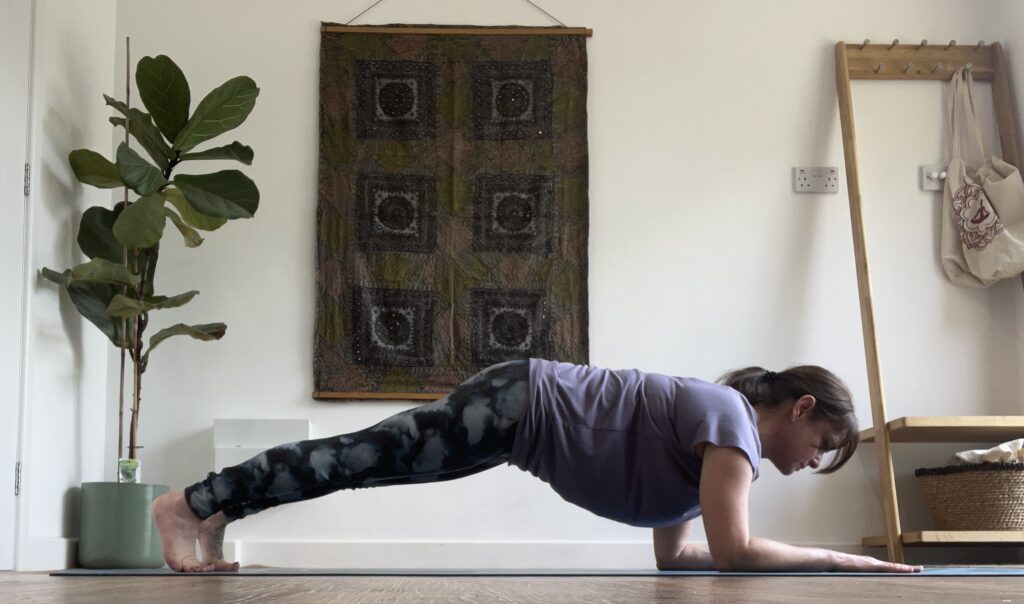
- Start on hands and knees
- Bring the forearms in front with elbows under shoulders
- Press out of the floor with the forearms (rather than sinking down)
- Draw the navel back towards the spine
- Extend the legs back nice and straight
- Press out through the balls of the feet, engaging the legs fully
- Lift the hips a little (don’t let them sink)
- Don’t forget to breathe…stay for 10 breaths – you can always lower the knees and then lift them a few times
- Take a few moments lying on the ground afterwards, or roll onto the back and hug knees to chest
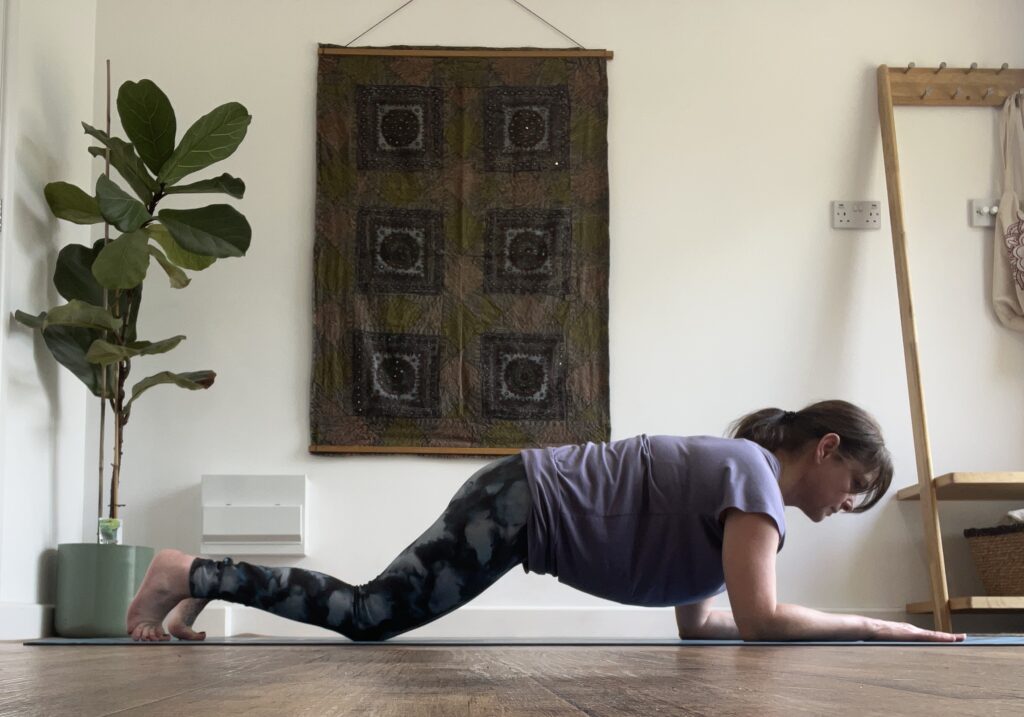
- Another, gentler option is to lower the knees to the floor (see above)
Downward facing dog
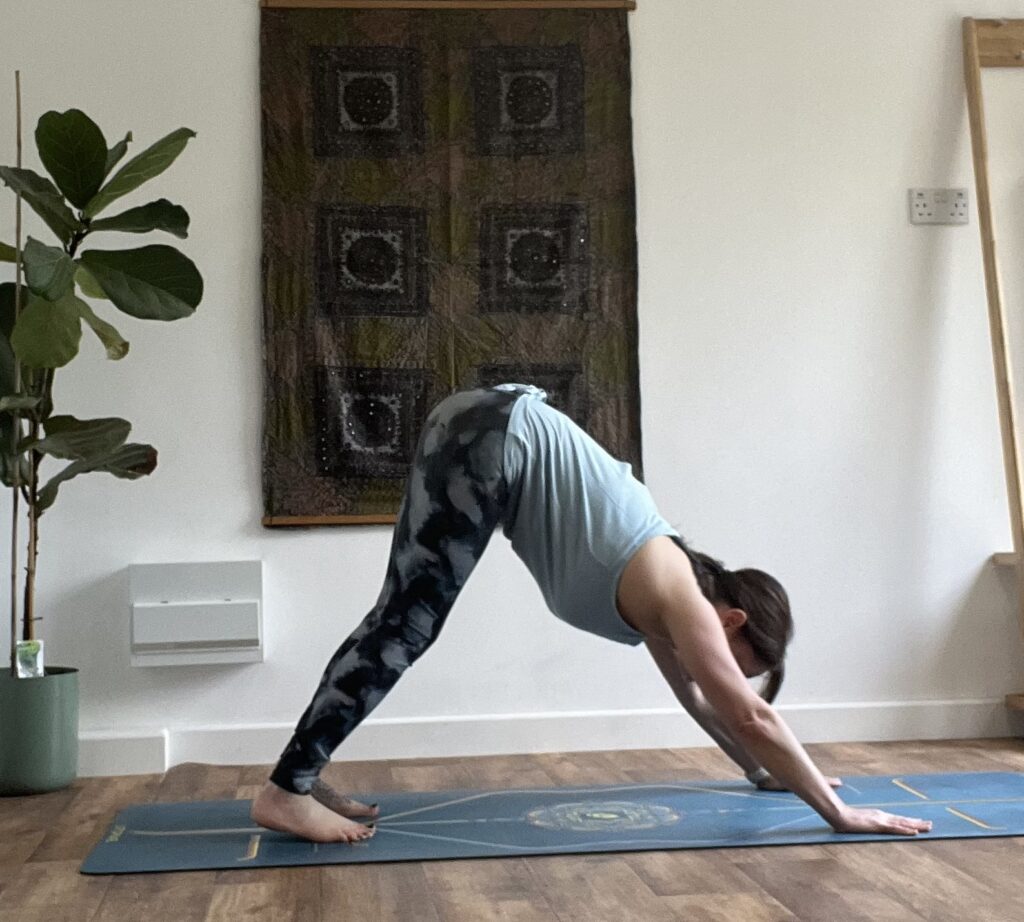
- Start on hands and knees
- Take your hands wide and spread the fingers wide
- Tuck toes under and begin to draw the navel toward the spine a little
- Feel like you are pushing away from the floor as you begin to lift your tailbone up towards the ceiling
- Move your ribcage toward your thighs (think upside down V shape)
- Gradually begin to straighten your legs as much as they would like to and imagine your heels moving closer to the ground
- Keep your shoulders away from the ears (think extension and strength)
- Don’t forget to breathe…stay for 10 breaths then lower the knees and give your wrists a roll around if they feel tight.
- Walk back, lengthening the tailbone behind you, with nice straight legs.
- Push away from the wall
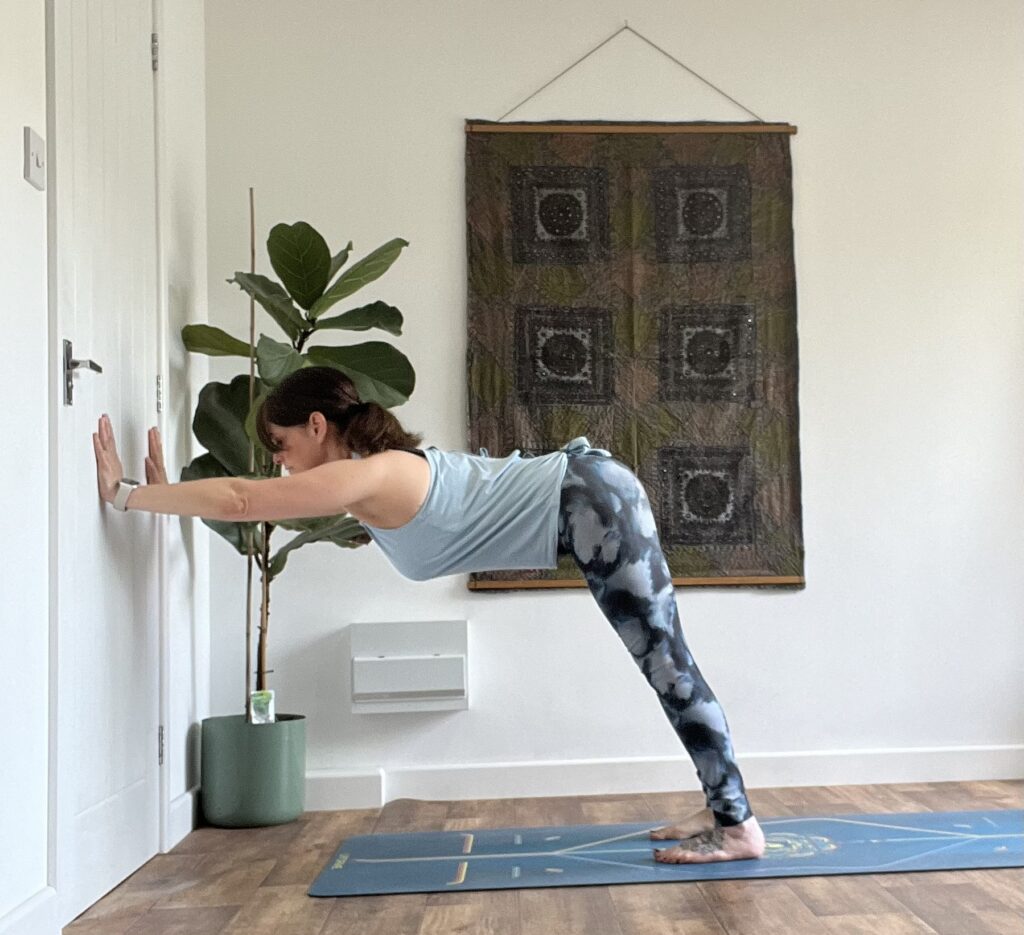
- Another, gentler option is to place your hands on a wall at shoulder height (see above)
Visit Michelle Howard Yoga & Therapies. The next Online Menopause yoga class is on Sunday August 4, 2024 at 5pm; and the next MY Menopause yoga at Roxley Hall (Yarmouth Road, Thorpe St Andrew, Norwich), is on Friday August 30, 2024, at 11.30am. To book individual yoga classes, visit michellehowardyoga.com. Also, visit The Menopause Charity – Menopause Facts, Advice and Support and balance – Available help, speak with someone today (balance-menopause.com).
Featured images – supplied




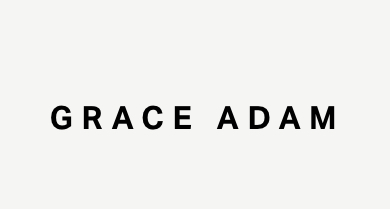




Leave a Reply